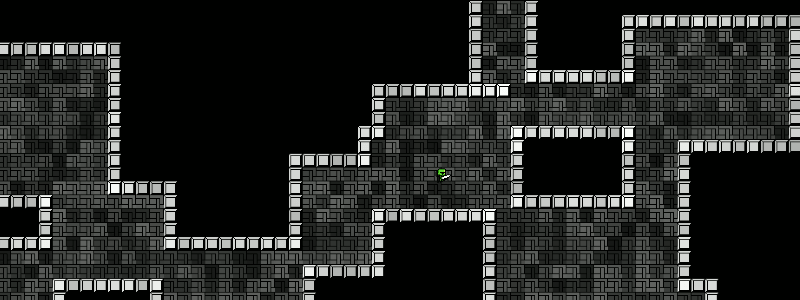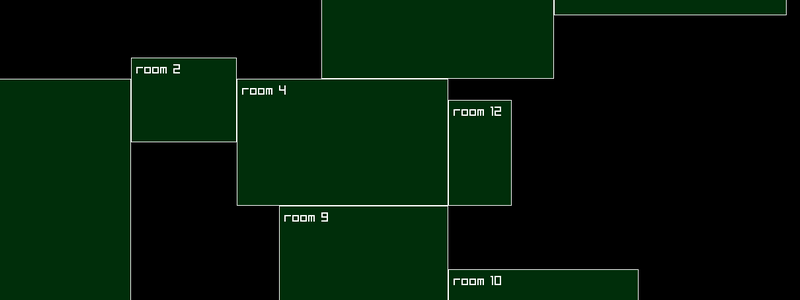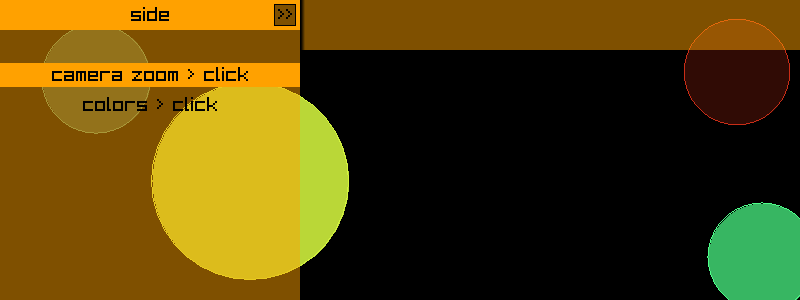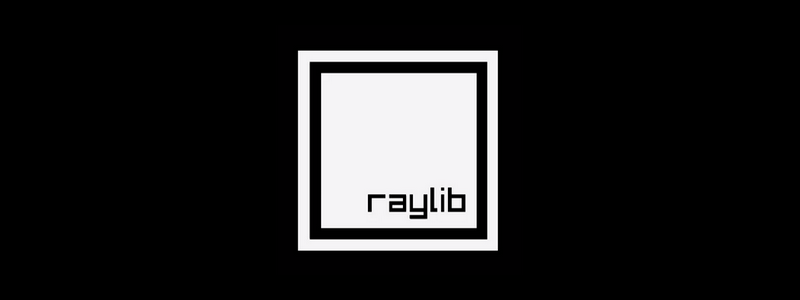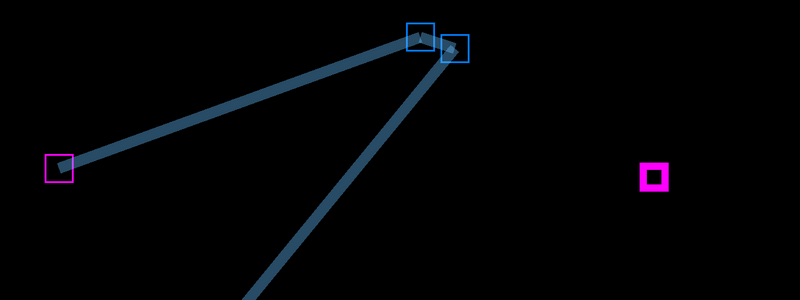Grid of Random Color Blocks > 2D
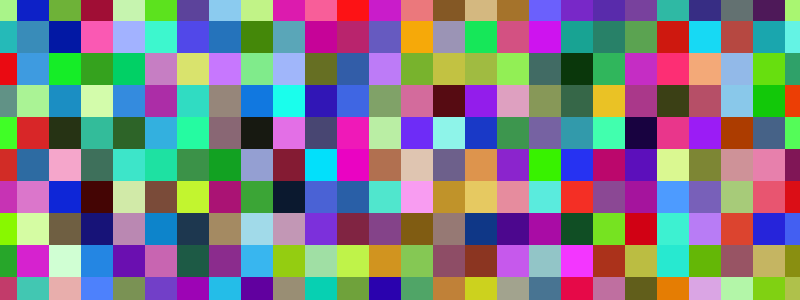
Contents
Make a colorful grid of blocks
Quick way to create colorful background of randomly colored blocks using a slice of structs to store the color and position information. Try changing color fade, outline, rectangle size and use textures to achieve different effects. Using the same or similar colours or textures can be used to create a simple tiled background. View on Github
Before you start
I am a self taught Go programmer and do it as a hobby, the code below is my own interpretation of how to do something, probably not the only way or the best way. This is intended as a resource to learn some basic Raylib and Go game dev skills. If you want to use any of the code anywhere else, feel free to do so.
Code
package main
import (
"math/rand"
rl "github.com/gen2brain/raylib-go/raylib"
)
/* MORE RAYLIB GO EXAMPLES ARE AVAILABLE HERE:
https://github.com/unklnik/raylib-go-more-examples
*/
var (
bloks []blok //SLICE OF BLOKS SEE STRUCT BELOW
size = float32(32) //GRID RECTANGLE WIDTH & HEIGHT
)
type blok struct { // BLOK STRUCTS THAT CONTAIN THE COLOR & POSITION
col rl.Color
rec rl.Rectangle
}
func main() {
rl.InitWindow(0, 0, "grid random colors - raylib go - https://github.com/unklnik/raylib-go-more-examples")
scrW, scrH := rl.GetScreenWidth(), rl.GetScreenHeight() // GET SCREEN SIZES
rl.SetWindowSize(scrW, scrH) // SET WINDOW SIZE
//rl.ToggleFullscreen() // UNCOMMENT IF YOU HAVE DISPLAY ISSUES WITH OVERLAPPING WINDOW BARS
x := float32(0)
y := float32(0)
for {
newBlok := blok{} //CREATES AN EMPTY BLOK
newBlok.col = ranCol() //ASSIGNS A RANDOM COLOR
newBlok.rec = rl.NewRectangle(x, y, size, size) //CREATES A REC AT X,Y WITH SIZE X SIZE
bloks = append(bloks, newBlok) //ADDS NEW BLOK TO SLICE
x += size //MOVES X BY SIZE
if x >= float32(scrW) { //IF X LARGER THAN OR EQUALS SCREEN WIDTH GO BACK TO ZERO
x = 0
y += size //MOVE Y DOWN ONE LINE
}
if y >= float32(scrH) { //IF Y LARGER THAN OR EQUALS SCREEN HEIGHT END
break
}
}
camera := rl.Camera2D{} // DEFINES THE CAMERA
camera.Zoom = 1.0 //SETS CAMERA ZOOM
rl.SetTargetFPS(60) // NUMBER OF FRAMES DRAWN IN A SECOND
for !rl.WindowShouldClose() {
rl.BeginDrawing()
rl.ClearBackground(rl.Black)
rl.BeginMode2D(camera)
for a := 0; a < len(bloks); a++ { //DRAWS THE LIST OF BLOCKS
rl.DrawRectangleRec(bloks[a].rec, bloks[a].col)
}
rl.EndMode2D()
rl.EndDrawing()
}
rl.CloseWindow()
}
// RETURNS A RANDOM COLOR
func ranCol() rl.Color {
return rl.NewColor(uint8(rInt(0, 256)), uint8(rInt(0, 256)), uint8(rInt(0, 256)), 255)
}
// RETURNS A RANDOM INTEGER FOR USE IN RANDOM COLOR ABOVE
func rInt(min, max int) int {
return min + rand.Intn(max-min)
}
Want to give it a Go?
To start making games with Go and Raylib you will need:
- Go - https://go.dev/
- TDM-GCC - https://jmeubank.github.io/tdm-gcc/
- Git - https://git-scm.com/downloads
- Go Bindings for Raylib - https://github.com/gen2brain/raylib-go
- Visual Studio Code - https://code.visualstudio.com/
You can, of course, use other code editors however VS Code is my own personal preference

